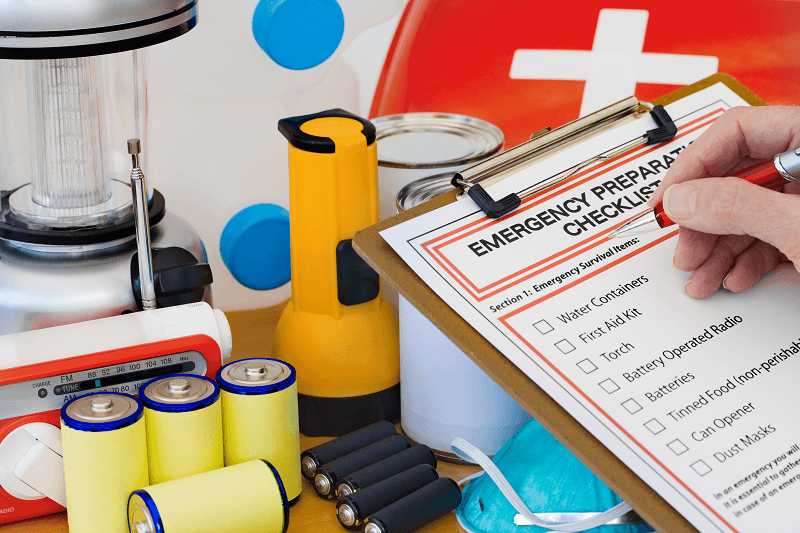We have officially entered fall, which means yes, pumpkin spice lattes and other favorite fall foods. More importantly, it means temperatures are dropping, the days are getting shorter, and the weather is getting worse.
And speaking of food, is your food supply set for an emergency? You’re probably not facing hurricanes like those that have been dominating headlines lately, since only a portion of the country is vulnerable to those disasters. But storms and other natural disasters can hit anywhere at any time, especially with winter approaching. As you’re doing your disaster preparedness, make sure stocking your pantry is high on the priority list.
Consider the plight of people in Puerto Rico who have gone days without electricity or water in the aftermath of Hurricane Maria, making food scarce and difficult to prepare. How well stocked is your home in the case of an emergency? Simply having a few boxes of pasta stashed away won’t work. Instead, here are four things you’ll need to keep your pantry as disaster-ready as the rest of your home:
- A way to cook: Be it a camp stove, a grill, or even your wood stove, you will want some method of preparing or heating up food. Your heat source may be able to double as your cooking heat source, but you might need the two sources to be separate. Warming up canned goods so you can feed your family a hot meal is going to be much appreciated if your power goes out for a few days and you’re cold.
- Food: Speaking of canned goods, store at least three days’ worth of non-perishable food, but not food that requires preparation. Everything should be either canned or dried, as your freezer won’t be working if the power goes out, and if water is scarce, you won’t want to use it to boil up pasta. High-energy foods like ready-to-eat meats, protein bars, peanut butter, dried fruit, and dry cereal are all items that don’t need to be prepared. Write throw away dates on these items so you know when to restock, or come up with an annual plan for restocking your emergency supplies, donating the previous year’s supply to your local food bank. It’s also best to avoid any foods that will make you thirsty, since water might be scarce. You can find more tips for the types of food to store here.
- Pet food: Your furry friends will get hungry too, so be sure to keep at least a three-day supply of pet food on hand as well.
- Water: A good rule of thumb for water is one gallon of water per person and pet per day. Store at least three days’ worth, and up to two weeks’ worth if possible. Check the expiration dates on water jugs as well as your food’s expiration dates. You’ll find more information on storing emergency water here.
Winter is coming, following close on the heels of those pumpkin spice lattes. With a little effort now, we can be ready to keep our families fed before the worst weather hits.

